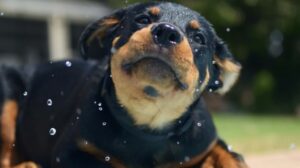
Fun in the Sun: Water Activities and Games for You and Your Dog
This blog is your go-to guide for making the most out of the sunny weather while bonding with your furry friend. The warmth of the
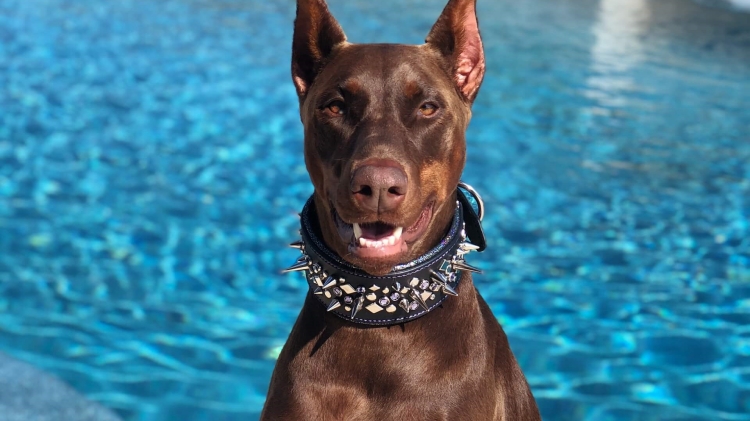
Installing a pool in your backyard for your dog to swim and cool off in is a big investment. To maximize safety and enjoyment, you’ll need to implement a proper maintenance routine. Follow this step-by-step guide to keeping your doggie pool clean, clear, and healthy for endless summer fun!
Proper water filtration is crucial for any dog pool. Here’s what dog owners need to know:
Filtration removes debris, hair, dirt, and contaminants and circulates clean water back into the pool. It provides crystal-clear water and prevents bacteria growth.
Choose a pet-safe filtration system correctly sized for your pool volume. Models with pumps sized for rapid water turnover are ideal. Self-cleaning filters are low maintenance.
Rinse filters monthly and check pump operation weekly during peak season. Replace filters per manufacturer instructions. Malfunctioning filtration leads to cloudy, unsafe water.
Installing a supplementary UV sanitation system provides an extra level of protection against germs missed by standard filtration. Consider this added investment for health.
In addition to filtration, monitoring and adjusting pool water chemistry is crucial:
Use test strips or kits to check pH and chlorine/bromine levels at least twice weekly. More frequent testing may be needed for heavily used pools.
The PH for dog pools should be between 7.2 and 7.8. If pH creeps higher or lower, adjust with pH increaser or decreaser chemicals from your local pool supply store.
Chlorine or bromine sanitizer should measure 2-4 ppm. Replenish with chlorine tablets or liquid as needed to stay in this safe range for dogs.
When refilling the pool, prefill using a hose filter attachment to remove contaminants. Consider using pre-filtered water for top-offs as well.
Test and correct calcium hardness and alkalinity. Properly balanced minerals prevent scale, cloudiness, eye irritation, and damage to the pool and filtration system.

In addition to standard filtration and chlorine, extra treatments help keep water clean:
Using a pool shock product monthly helps maintain sanitation between chlorine top-offs. Shock at night and allow 6-12 hours before dogs swim again.
If the pool develops any green or black algae spots, pour in an algaecide solution. Brush walls vigorously while vacuuming to remove all traces which can harm your dog’s health.
If water appears cloudy even after shock, poor filtration circulation may be letting debris suspend. A clarifying or flocculant chemical will clump and sink debris to then be captured.
Natural enzyme additives can help break down organics like sweat, oils and urine that cause odors and cloudiness. Use in conjunction with other chemicals.
Removing debris and dog hair is also key:
Use your filtration system’s vacuum or a hand vacuum weekly to suck up accumulated debris from the pool floor and walls. Target corners and crevices.
Gently skim the water surface daily using a leaf skimmer to remove floating debris, hair, oils, and bugs before they sink and decompose.
Check pump baskets weekly and clean out any trapped dog hair, leaves, or other debris clogging the system and reducing filtration efficiency.
Every month, drain the pool completely, letting it air dry. Use this opportunity to scrub walls vigorously with Pool Scrub or a dilute bleach solution to remove algae and oils.
While you can continually top off evaporated water between uses, full water replacement is still needed:
Drain and refill your dog pool with fresh water every 2 weeks at minimum. Even with diligent filtration and chlorination, buildup still occurs over time.
If water appears dirty, cloudy, or smells bad even after shocking and clarifying, go ahead and drain and refill earlier than the 2-week mark. Don’t let water quality decline.
Do a very thorough deep clean once a year by draining, fully air drying, and scrubbing walls and floors with degreasing cleaners to start the season fresh.
Don’t overlook these key safety steps:
Install fencing and gates to prevent unsupervised pool entry and potential drowning accidents. Never leave dogs unattended in the pool.
Choose rough plaster finishes for pool walls and floors. Avoid slippery tiles. Apply textured paints on steps and benches to prevent falls.
Install a shade awning or plant shade trees around part of the pool perimeter to give dogs relief from the sun and prevent overheating.
Install an outdoor shower or hose fitting near the pool where dogs can rinse off chemical residue after swimming so they don’t ingest any during self-grooming.
Keep a pet first aid kit poolside containing saline eye wash, gauze, veterinary numbers, etc. to treat minor scrapes or irritation from chemicals.
With some diligence and regular maintenance, your backyard dog pool can provide endless hours of safe, clean summer fun for years to come. Stay on top of chemical and filtration upkeep, vacuum and skim often, replace water regularly, and complete periodic deep cleanings.
With the right routine, you’ll be set for swim season!
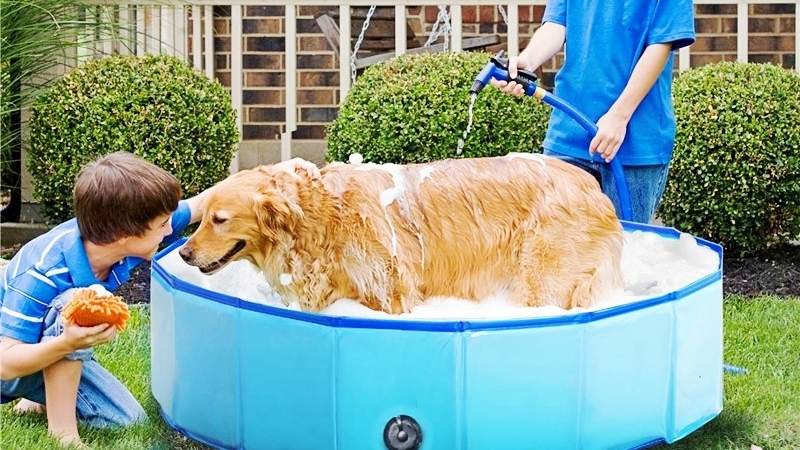
Choosing the right pool filtration system is key to maintaining clean, clear water for dogs. But with different types on the market, it can be tricky to determine the best option. We’ll compare the pros and cons of different systems:
Water chemistry is complex but crucial. Follow these tips for ideal PH, sanitizer, and mineral levels:
Shocking your pool regularly is crucial, but with different options on the market, choosing the right product can get confusing. Here’s an overview:
No single shock product is superior. Rotate different types to attack contaminants from multiple angles. Shocking is about supplementing, not replacing, proper baseline chlorine sanitation.
Dog hair floating through your pool is annoying and unsanitary. Here are tips for keeping it under control:
With some extra maintenance, your dog pool can stay hair-free for maximum cleanliness and enjoyment!
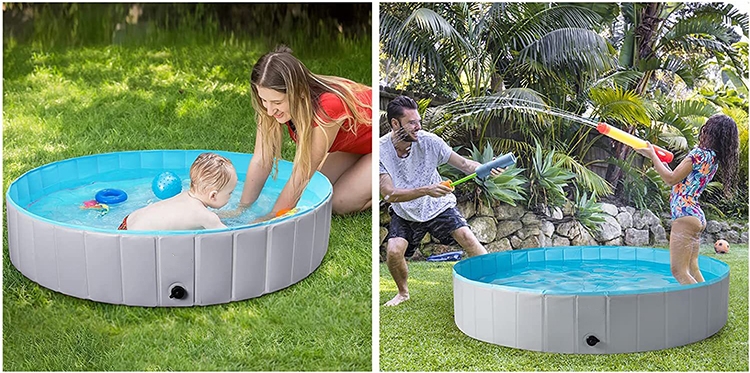
Dog pool maintenance comes with many questions for new owners. Here are answers to some common concerns:
Test and adjust chlorine, pH and other chemical levels daily. More frequent testing may be needed for heavily used pools.
Ideally maintain free chlorine between 2-4 ppm, ensuring it never dips below 1 ppm where germ risk increases. Use chlorine designed for dogs.
Use your filtration system’s vacuum attachment or a handheld vacuum weekly to remove sunken debris from walls and floor. Pay extra attention to corners.
Saltwater systems are an option but require very diligent maintenance to balance salinity for dog safety. Chlorine is a better choice for low maintenance.
Add algaecide and brush vigorously to remove every trace. Increase chlorine shocks. Check your pH and filtration to prevent repeat blooms.
Rinsing dogs after swimming and using shampoos that remove chlorine from fur can help. Also, try an enzyme water treatment.
Fully drain, clean and refill the pool every 2 weeks minimum. More often, if water appears dirty even after other treatments.
Don’t let pool maintenance intimidate you. With some diligence and the right chemicals, you can keep your dog’s pool crystal clear all summer!


This blog is your go-to guide for making the most out of the sunny weather while bonding with your furry friend. The warmth of the
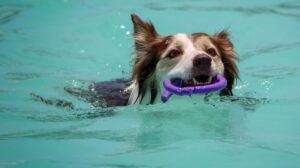
Installing a pool in your backyard for your furry friend to splash around in is an exciting project. But before you let your dog take

Does your dog love splashing in puddles and outdoor hose water? Do they try to jump in with you during bath time? Many dogs are
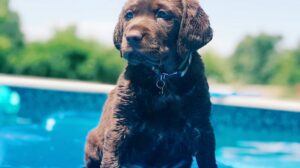
This blog is your ultimate guide to understanding how this fun and refreshing activity can significantly improve your furry friend’s overall well-being. Just like humans,

This blog is your go-to guide for making the most out of the sunny weather while bonding with your furry friend. The warmth of the
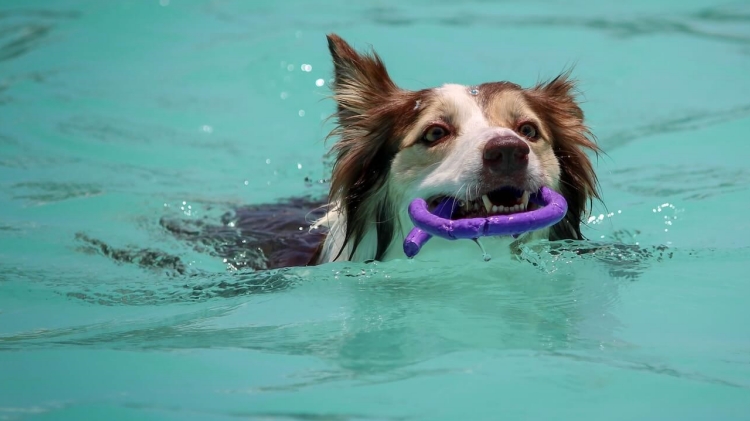
Installing a pool in your backyard for your furry friend to splash around in is an exciting project. But before you let your dog take

Installing a pool in your backyard for your dog to swim and cool off in is a big investment. To maximize safety and enjoyment, you’ll
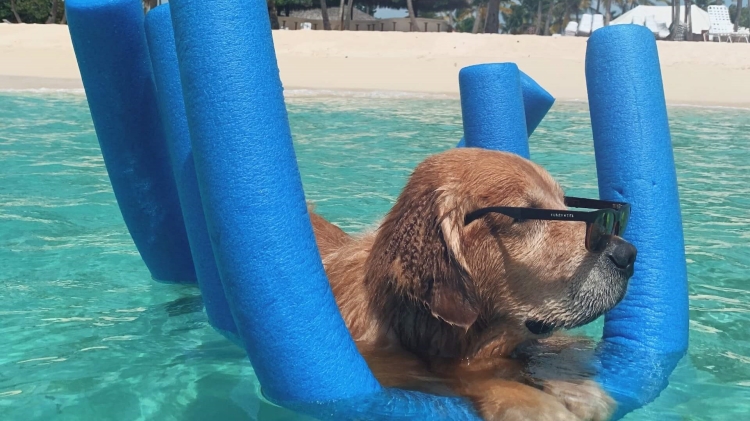
Does your dog love splashing in puddles and outdoor hose water? Do they try to jump in with you during bath time? Many dogs are
Copyright © 2024 foldabledogpools. All Rights Reserved.